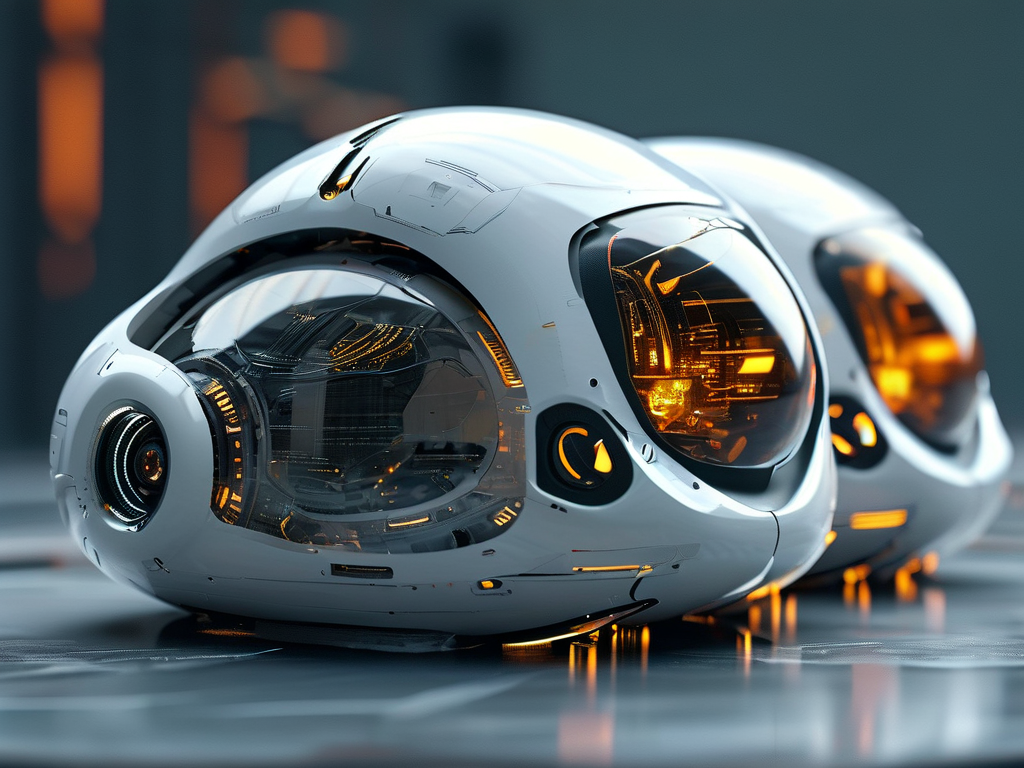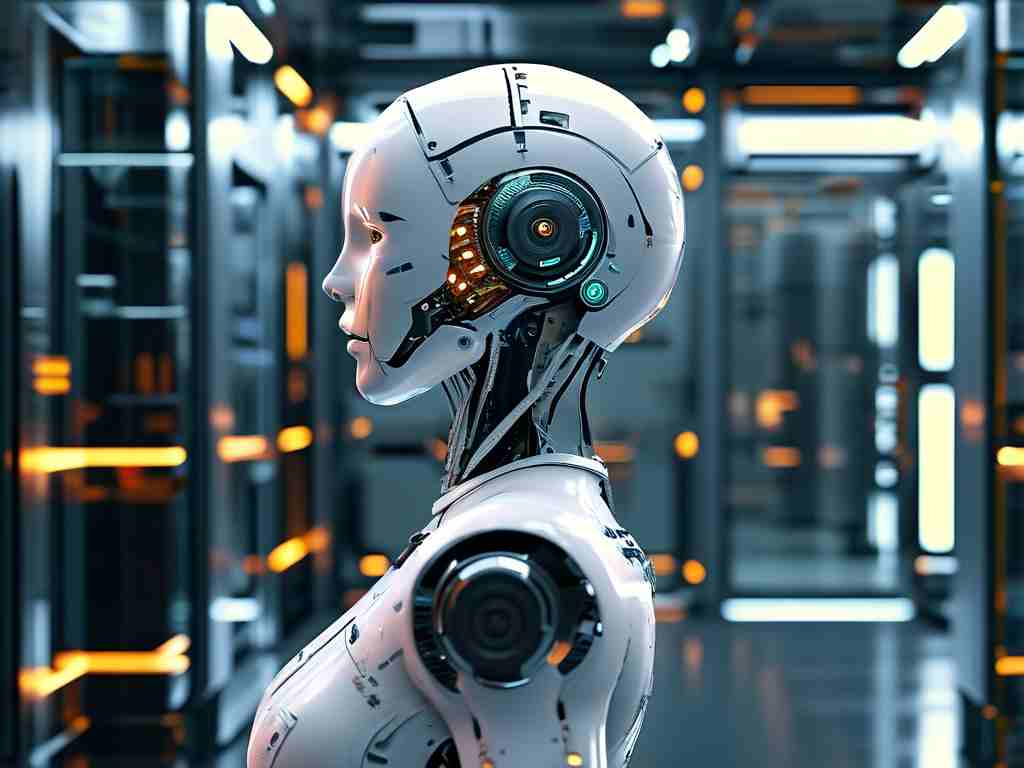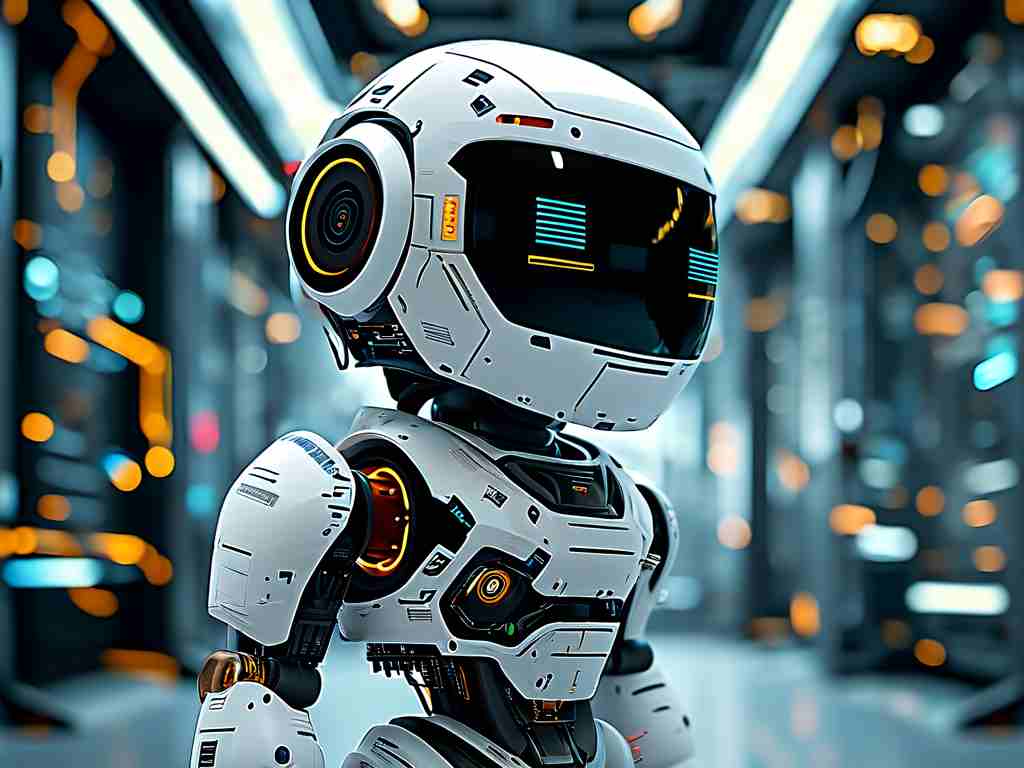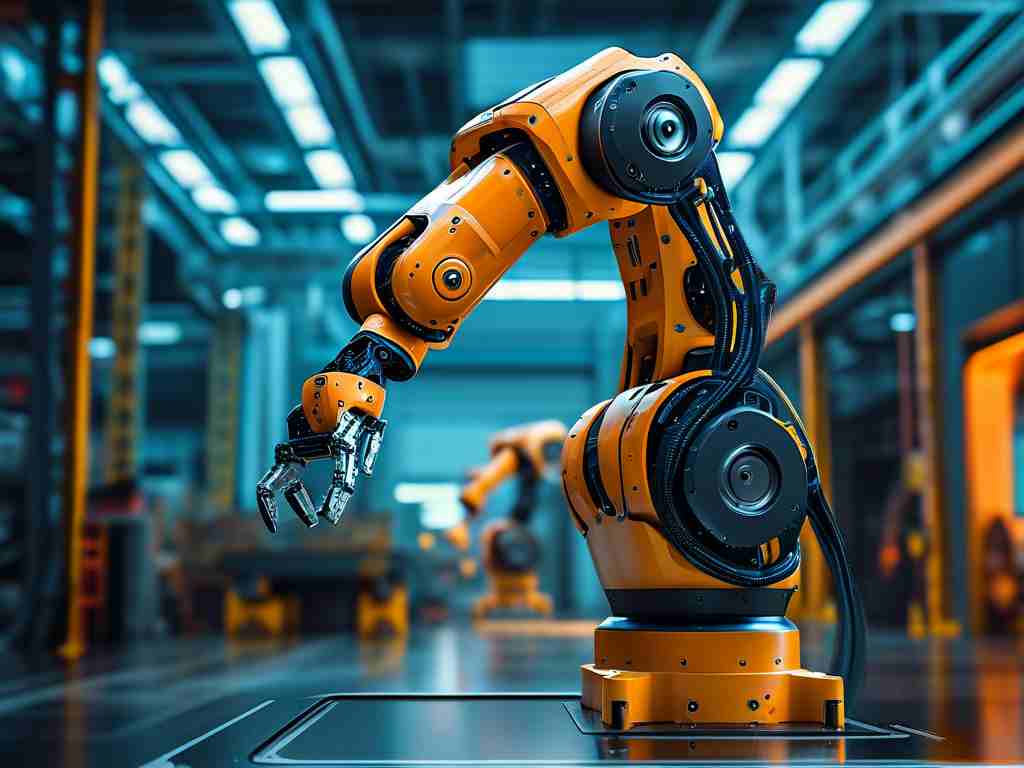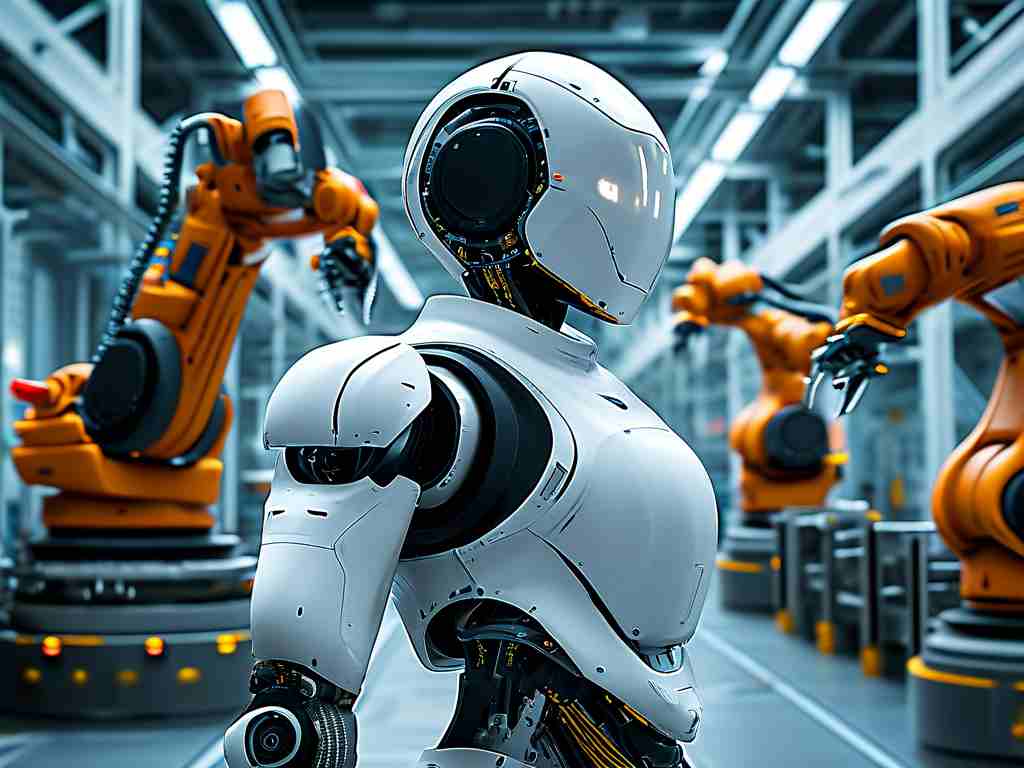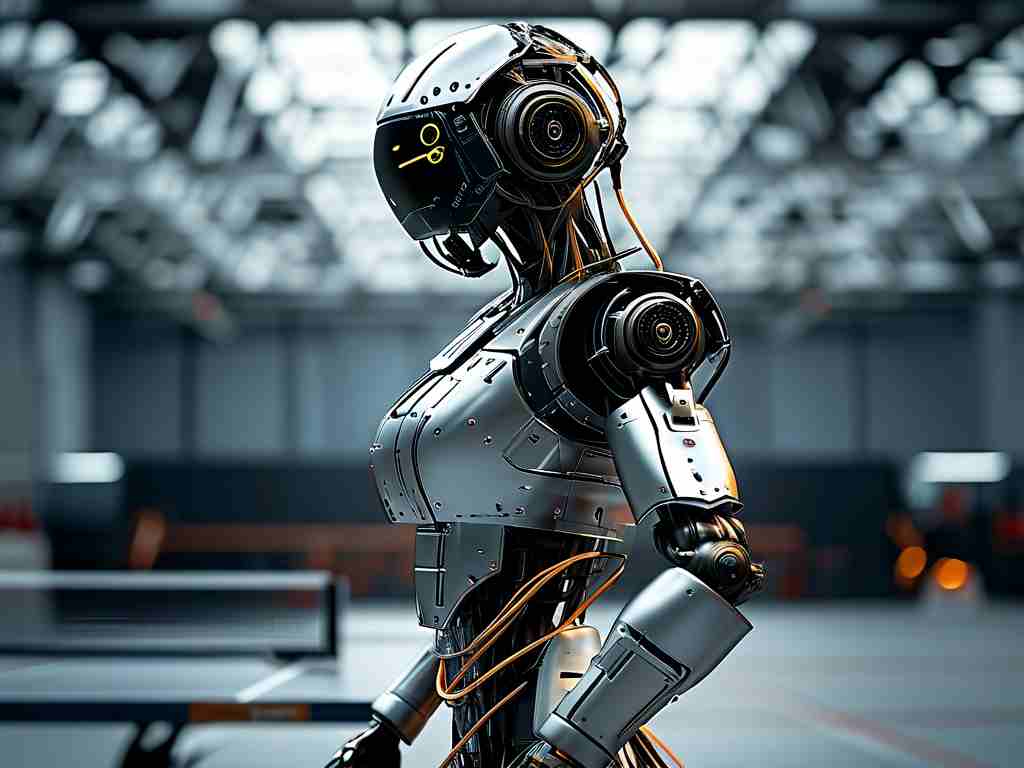The convergence of biology and robotics has entered a revolutionary phase with the emergence of embryonic technology in bio-inspired machines. By mimicking the developmental processes observed in biological embryos, researchers are creating robots capable of self-organization, structural adaptation, and even rudimentary "growth." This article explores the scientific foundations, current breakthroughs, and ethical implications of this cutting-edge field.
The Blueprint of Life Meets Machine Design
Embryonic robotics draws inspiration from morphogenesis—the biological process through which cells organize into tissues and organs during an organism’s development. Scientists replicate this principle using modular robotic units that communicate via embedded algorithms. These units, akin to synthetic cells, follow predefined genetic codes to assemble into functional structures. For instance, a team at MIT recently demonstrated a swarm of cube-shaped modules that autonomously rearrange into tools like wrenches or grippers based on environmental demands. Unlike traditional robots with fixed forms, these systems exhibit plasticity, enabling them to adapt to dynamic tasks such as navigating collapsed buildings or repairing spacecraft.
Self-Healing and Energy Efficiency
A hallmark of biological systems is their ability to self-repair—a feature now being engineered into robotic platforms. By integrating soft polymers with conductive hydrogels, researchers at Stanford University developed a robotic "skin" that seals minor tears within minutes, mimicking the clotting mechanism of human blood. This innovation is critical for robots operating in hazardous environments, such as deep-sea exploration or nuclear disaster zones, where mechanical failures could be catastrophic.
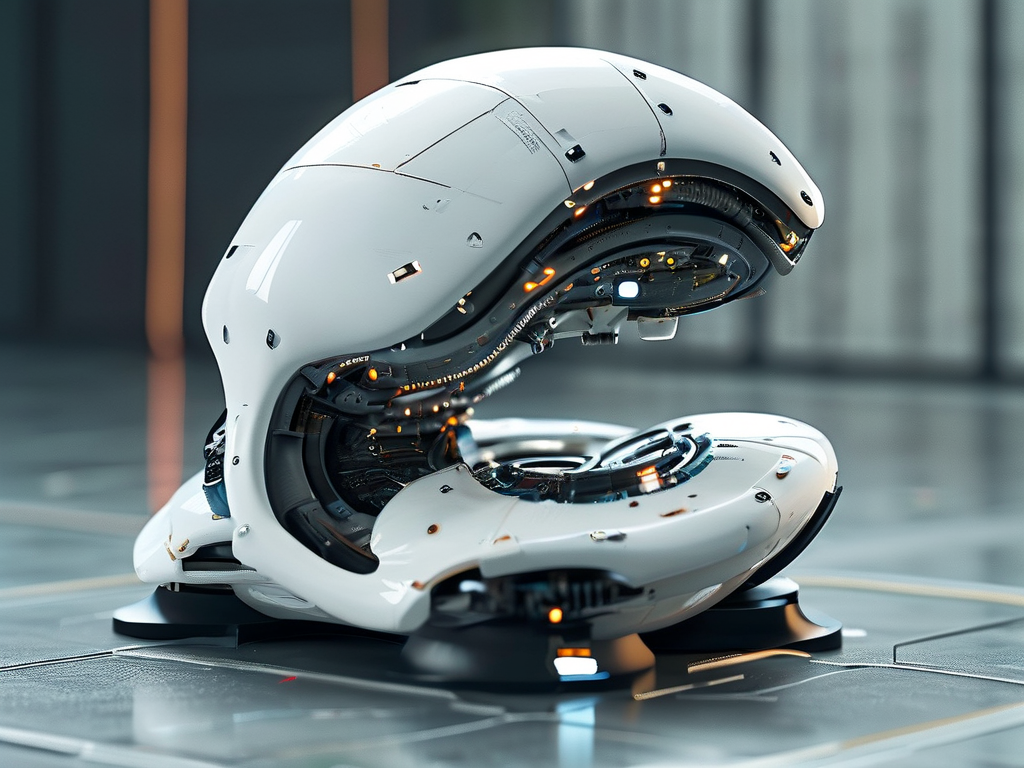
Energy efficiency is another area where embryonic robotics excels. Biological embryos optimize resource allocation during growth, a strategy mirrored in robotic systems through decentralized control mechanisms. Instead of relying on a single central processor, tasks are distributed across modules, reducing power consumption by up to 40% compared to conventional designs. This approach aligns with sustainability goals, particularly for applications like agricultural drones or solar-powered inspection bots.
Ethical Frontiers and Public Perception
While the technology promises transformative benefits, it also raises ethical questions. The concept of "growing" robots blurs the line between life and machinery, sparking debates about autonomy and rights. Could a self-assembling robot evolve beyond its programming? Regulatory bodies are already drafting guidelines to address these concerns. For example, the EU’s Robotics Ethics Charter now includes clauses on modular robotics, emphasizing human oversight and transparency in decision-making algorithms.
Public acceptance remains a hurdle. A 2023 survey by the Pew Research Center revealed that 58% of respondents felt uneasy about robots mimicking biological processes, citing fears of uncontrollable replication. Educating communities about safety protocols—such as fail-safes to disable rogue modules—will be essential to foster trust.
Industry Applications and Future Prospects
From healthcare to space exploration, embryonic robotics is gaining traction. In medicine, biodegradable robotic "scaffolds" are being tested to guide tissue regeneration in burn victims. Meanwhile, NASA’s Jet Propulsion Laboratory is prototyping self-assembling rovers for Martian terrain, capable of reconfiguring wheels into drilling arms.
Looking ahead, advancements in AI and materials science will likely unlock new capabilities. Researchers predict that within a decade, hybrid systems combining organic and synthetic components could emerge—think photosynthetic robots powered by chloroplast analogs or neural-integrated prosthetics.
In , embryonic technology in bio-inspired robotics represents not just an engineering milestone but a paradigm shift in how machines interact with the world. By embracing the principles of life itself, this field holds the key to building resilient, adaptive systems that transcend the limitations of traditional robotics. However, its success hinges on balancing innovation with ethical stewardship—a challenge as complex as the technology it seeks to govern.
